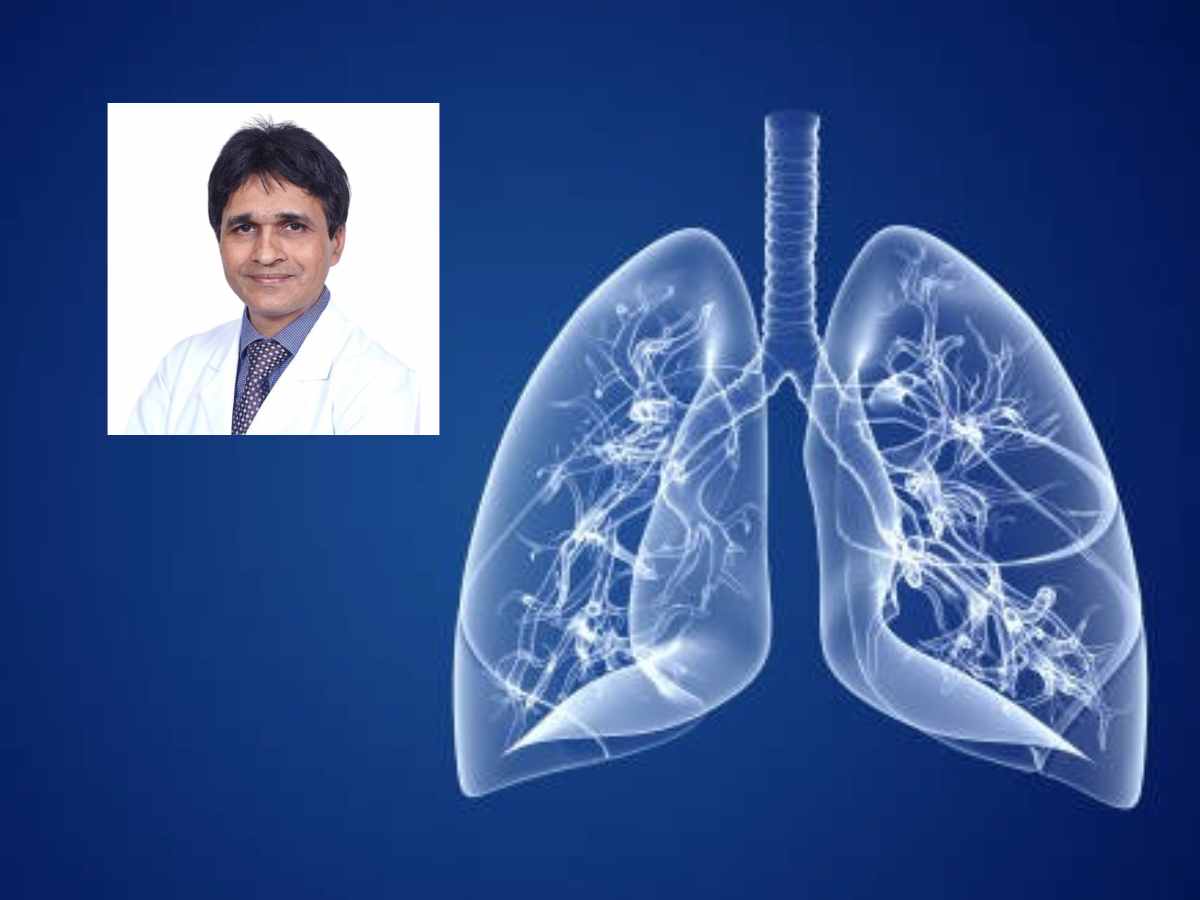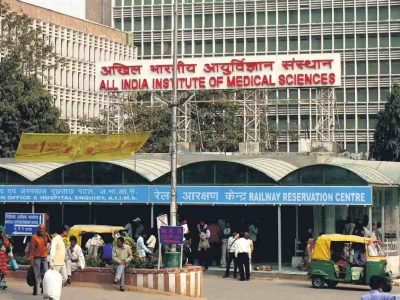Lung cancer is no longer just a smoker’s disease—The Lancet reports that one in five non-smoking women is now diagnosed with it, challenging conventional risk factors. Patriot spoke with Dr Manoj Goel, Director & Unit Head of Pulmonology at Fortis Memorial Research Institute, Gurugram, to discuss the rising cases, potential causes, early detection, treatment advances, and the need for stronger preventive measures.
EXCERPTS:
How do you view the significance of the recent Lancet report that one in five non-smoking women is suffering from lung cancer?
The recent Lancet report is a significant and concerning revelation. Lung cancer has traditionally been associated with smoking, but this shift indicates the need for a deeper understanding of alternative risk factors beyond tobacco exposure. There is also a need to ensure early detection and prevention of lung cancer in this vulnerable group.
What could be the potential reasons behind the rise in lung cancer cases among non-smoking women?
Several factors contribute to lung cancer in non-smoking women. Environmental exposures like air pollution, second-hand smoke, and indoor pollutants (e.g., radon) are major risks. Genetic mutations, particularly EGFR alterations, are more common in non-smokers, especially women. Hormonal influences, including oestrogen, may fuel tumour growth, while chronic inflammation from autoimmune conditions further raises the risk.
Also read: Delhi girl with rare bone disorder walks after complex surgery
How do environmental factors such as air pollution contribute to lung cancer in non-smokers?
Environmental pollutants significantly contribute to lung cancer in non-smokers. Fine particulate matter (PM2.5) is linked to lung adenocarcinoma, while radon gas, a radioactive pollutant, can accumulate in homes and pose a serious risk. Second-hand smoke further increases susceptibility. These risks underscore the need for stricter air quality regulations and preventive measures.
Are there any genetic or hormonal factors that might increase susceptibility?
Genetic and hormonal factors play a key role in lung cancer among non-smoking women. Mutations in genes like EGFR and ALK are more prevalent in these cases, indicating a strong genetic predisposition. Research also suggests that oestrogen can promote tumour growth, with hormonal fluctuations potentially influencing cancer development. These findings underscore the need for personalised screening, early detection strategies, and targeted treatments to address this growing health concern.
What are the early symptoms of lung cancer that non-smokers, particularly women, should be aware of?
Early detection is crucial, and non smokers, especially women, should be aware of potential warning signs. A persistent cough lasting more than two weeks, unexplained weight loss, chest pain that worsens with deep breathing, shortness of breath, and coughing up blood are some of the key symptoms. These symptoms are often mistaken for other respiratory issues, leading to delayed diagnosis. Therefore, it is important to seek medical attention if any of these signs persist.
How effective are current screening methods in detecting lung cancer in its early stages?
Current screening methods, such as low-dose computed tomography (LDCT), have proven to be effective in detecting lung cancer at an early stage, significantly improving survival rates. However, these screenings are mainly recommended for high-risk individuals, such as heavy smokers. Given the rising incidence among non-smokers, especially women, there is a growing need to reconsider and potentially expand screening guidelines to include this group.
What preventive measures can be taken to reduce the risk among non-smokers?
Non-smokers can lower their lung cancer risk by testing homes for radon, avoiding second-hand smoke, and reducing exposure to air pollution with purifiers and limited outdoor activity during peak pollution hours. Workplace safety measures against carcinogens should be strictly followed. Additionally, maintaining a healthy lifestyle with a nutrient rich diet and regular exercise supports lung function and overall well-being.
Have there been any advancements in the treatment of lung cancer in non-smokers?
Yes, significant advancements have been made in lung cancer treatment, particularly for non smokers. Targeted therapies have revolutionised treatment by focusing on specific genetic mutations like EGFR and ALK, which are more common in non smoking patients. These treatments are highly effective and provide better outcomes with fewer side effects compared to traditional chemotherapy. Immunotherapy has also emerged as a promising treatment option, helping the body’s immune system fight cancer more effectively.
Also read: Delhi: AIIMS surgeons remove parasitic twin from 17-year-old boy
What role does precision medicine or targeted therapy play in treating lung cancer in women?
Precision medicine plays a crucial role in treating lung cancer, especially among non-smoking women. By identifying genetic mutations and tailoring treatment accordingly, targeted therapies have significantly improved response rates and survival outcomes. This personalised approach ensures that patients receive the most effective treatment with minimal side effects, making lung cancer management more efficient and patient-focused.
How can healthcare professionals raise awareness about lung cancer risks among non-smoking women?
Raising awareness is crucial in addressing lung cancer among non-smokers. Healthcare professionals should lead educational initiatives to inform the public about risk factors, warning signs, and the benefits of early detection. Community outreach programs can provide resources, screenings, and support for those at risk. Additionally, expanding screening guidelines beyond traditional high-risk groups, such as smokers, can help detect cases earlier, leading to better treatment outcomes and improved survival rates.
What policy changes or interventions do you recommend to reduce environmental and occupational exposure to lung cancer risks?
There is a need for stronger regulations and policies. Stricter air quality controls are needed to curb pollution levels, and radon mitigation programmes should be promoted to ensure safer indoor environments. Workplace safety standards must also be reinforced to limit exposure to known carcinogens, with mandatory protective measures for workers in high-risk industries. Public health initiatives should focus on preventive strategies to address these risks at a broader level.





